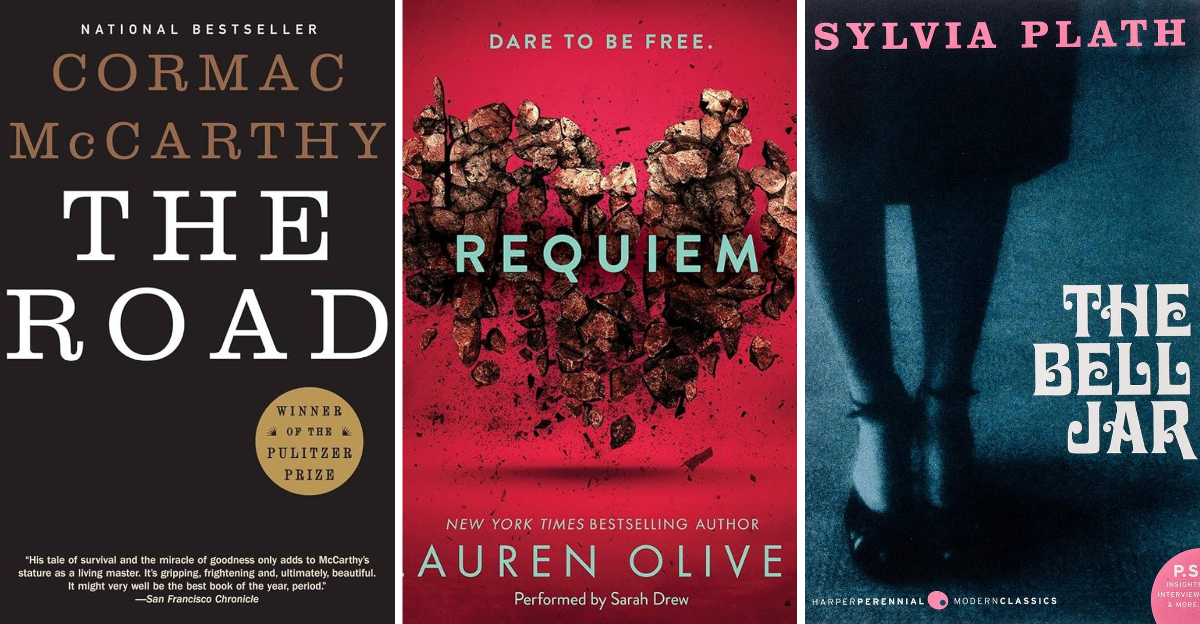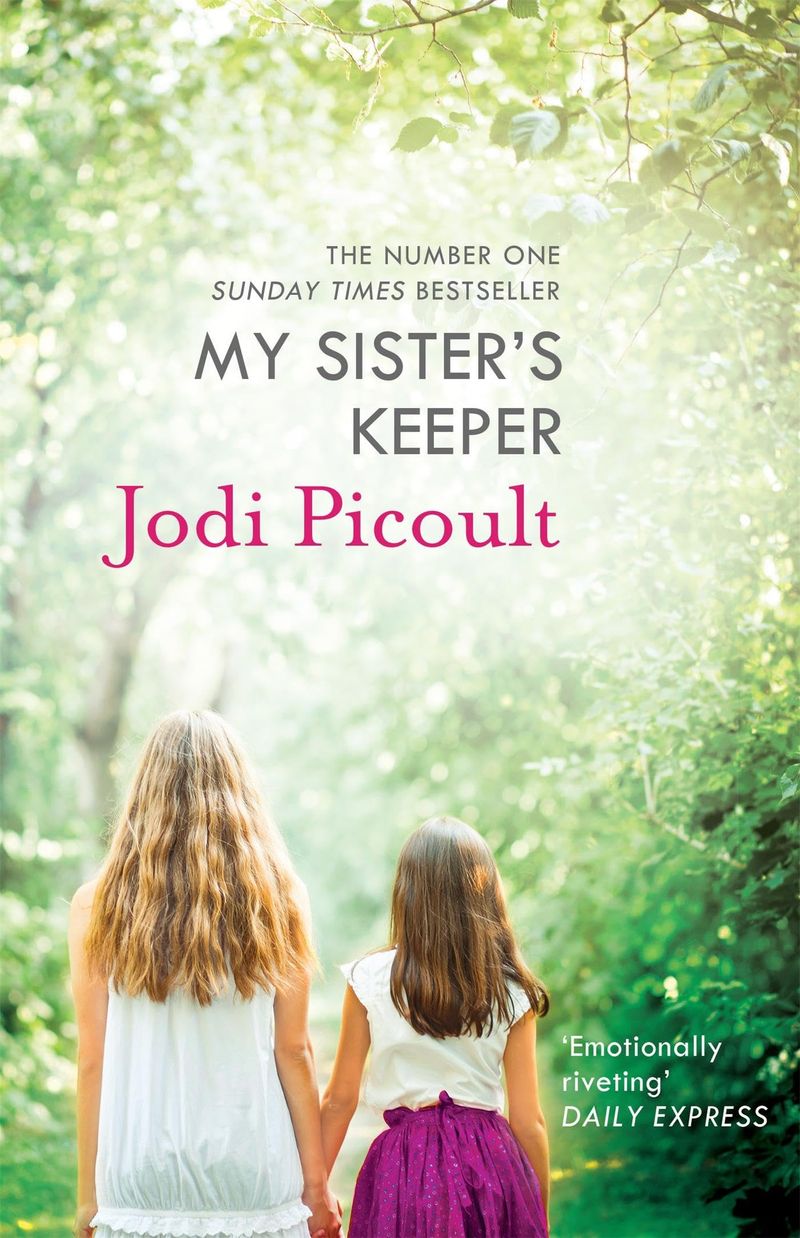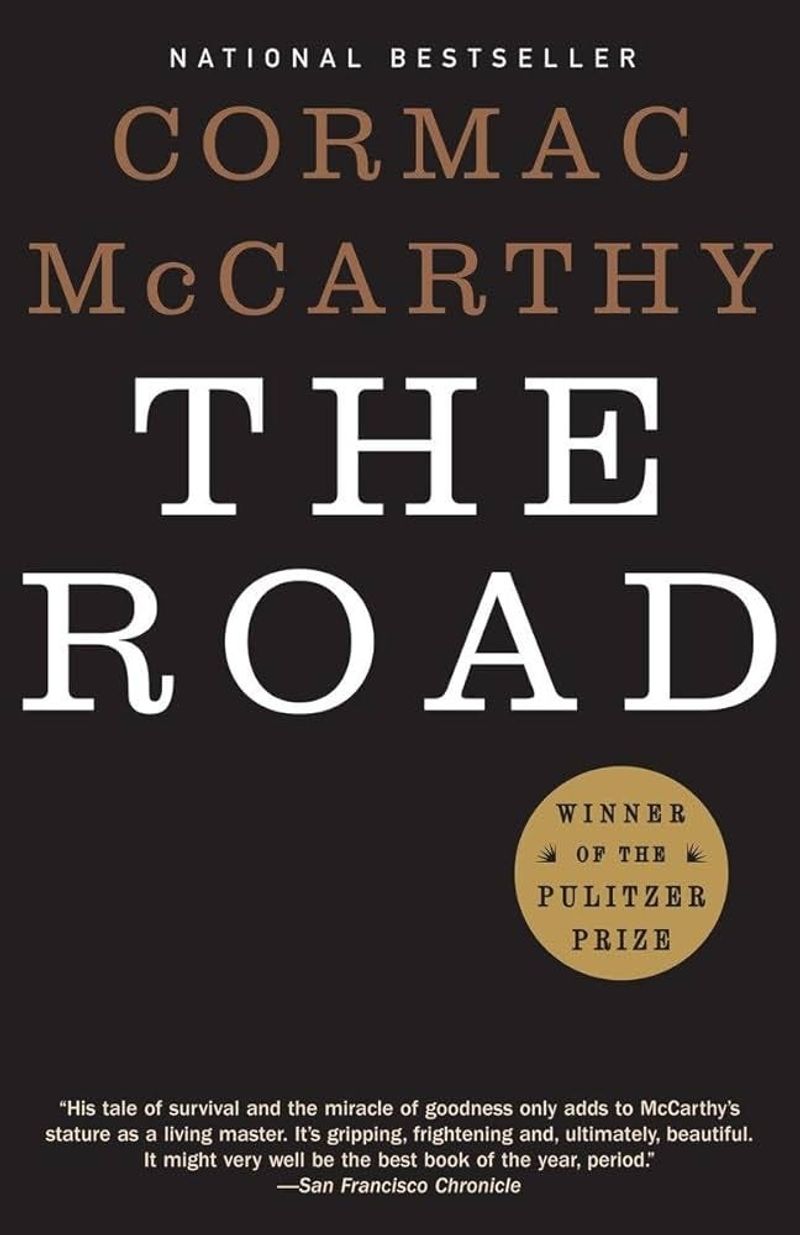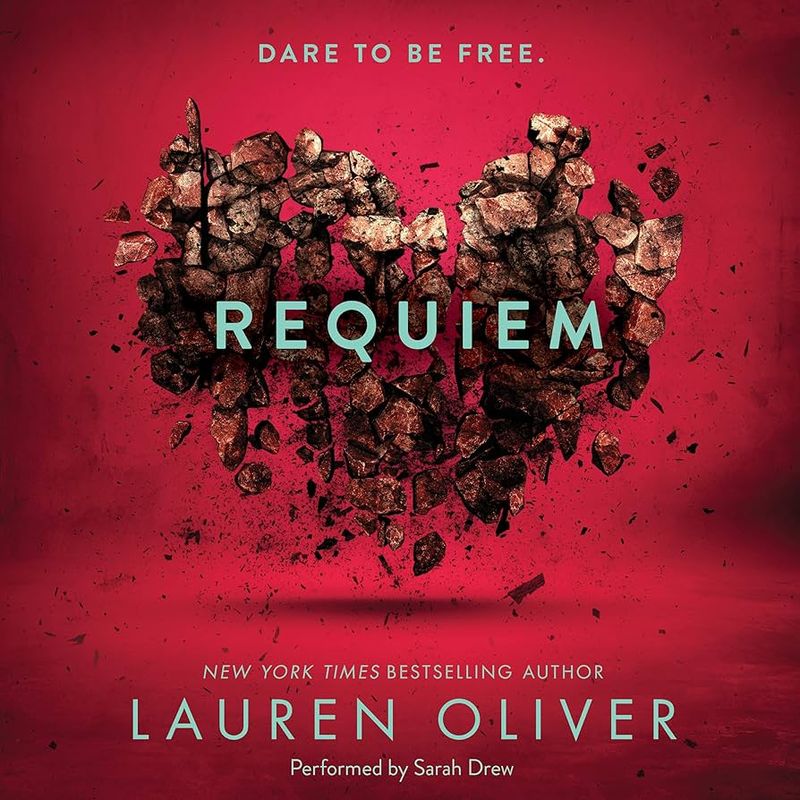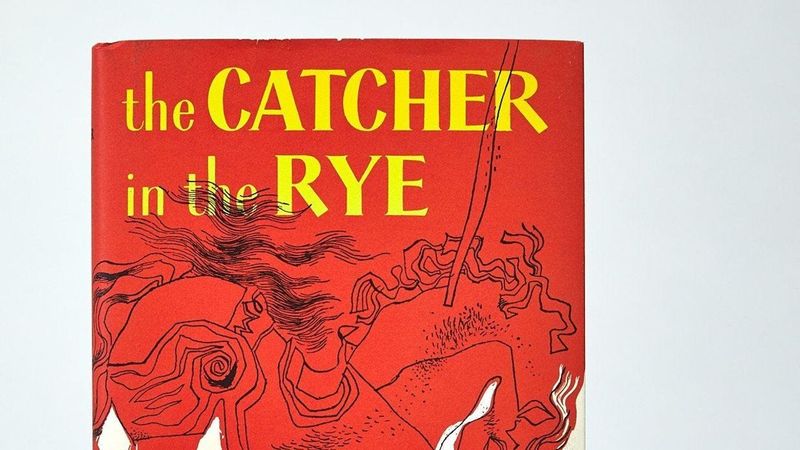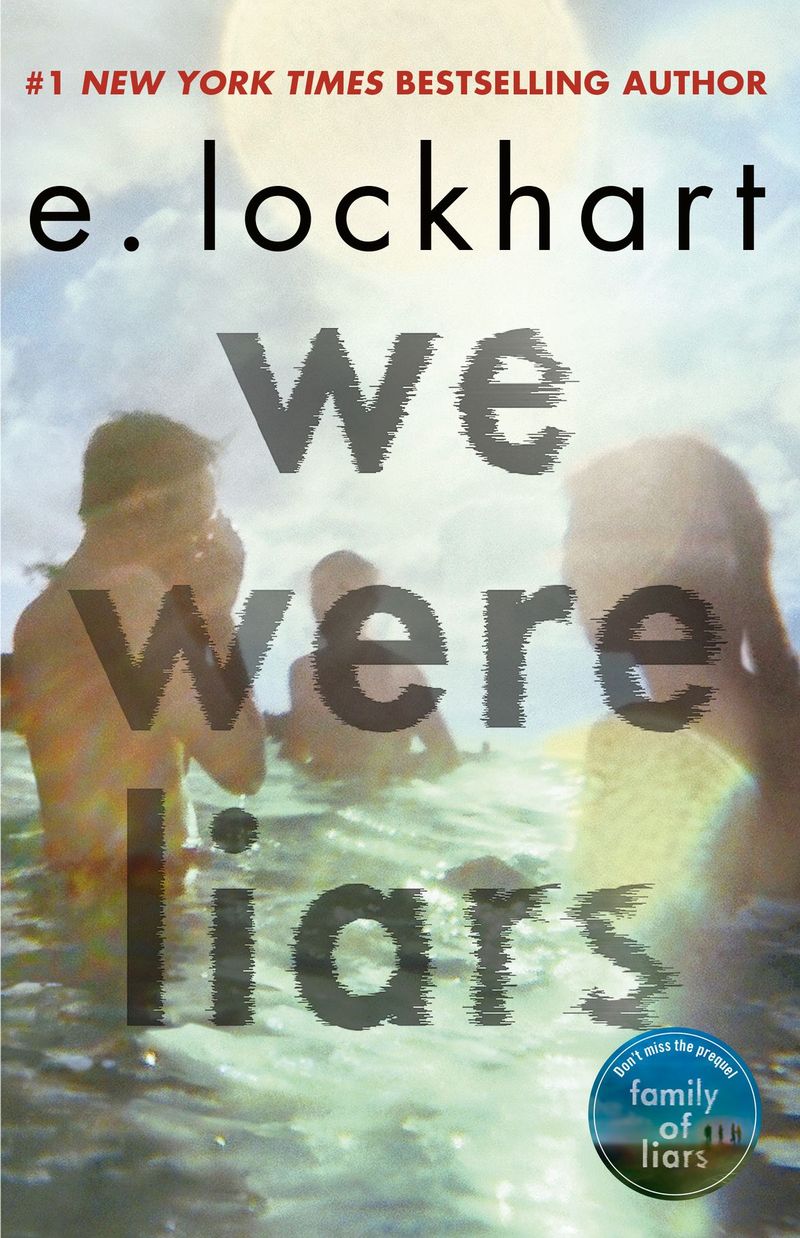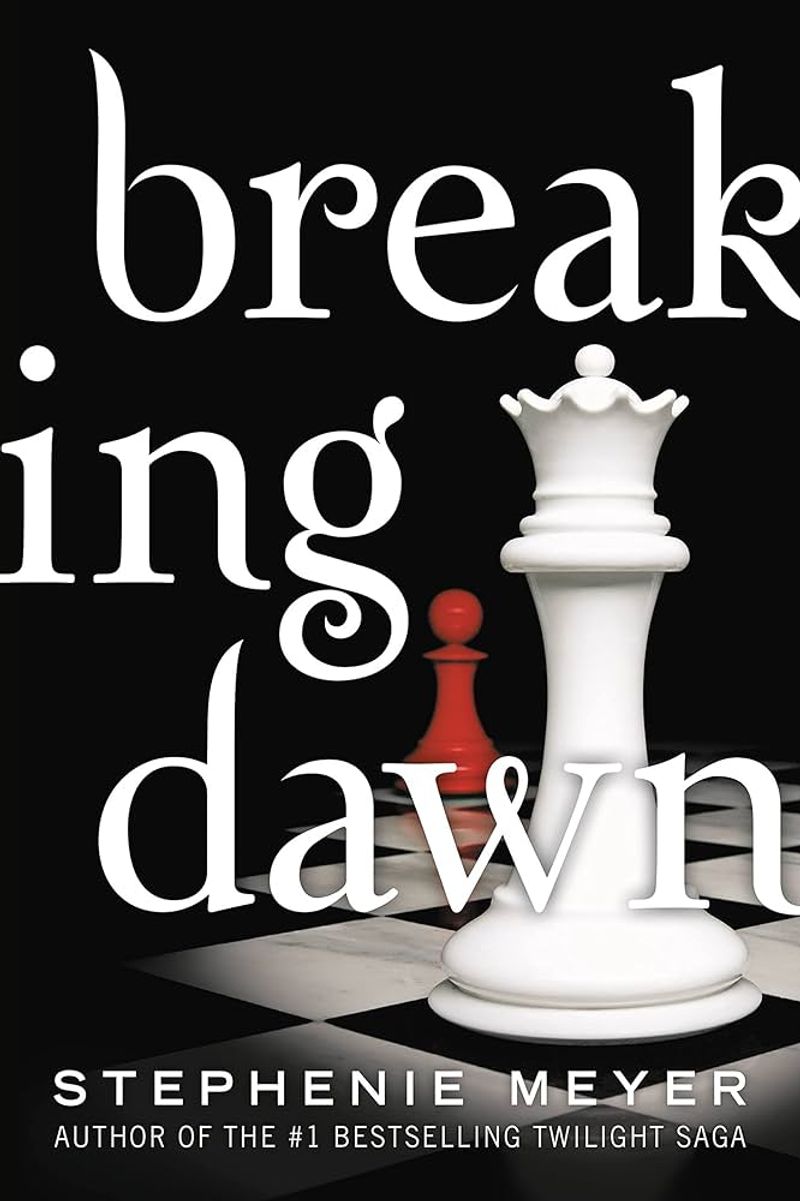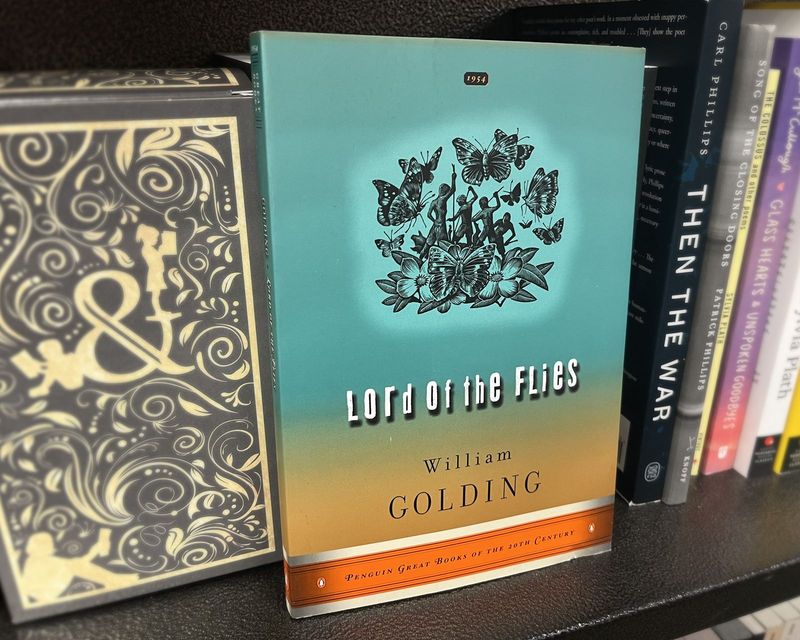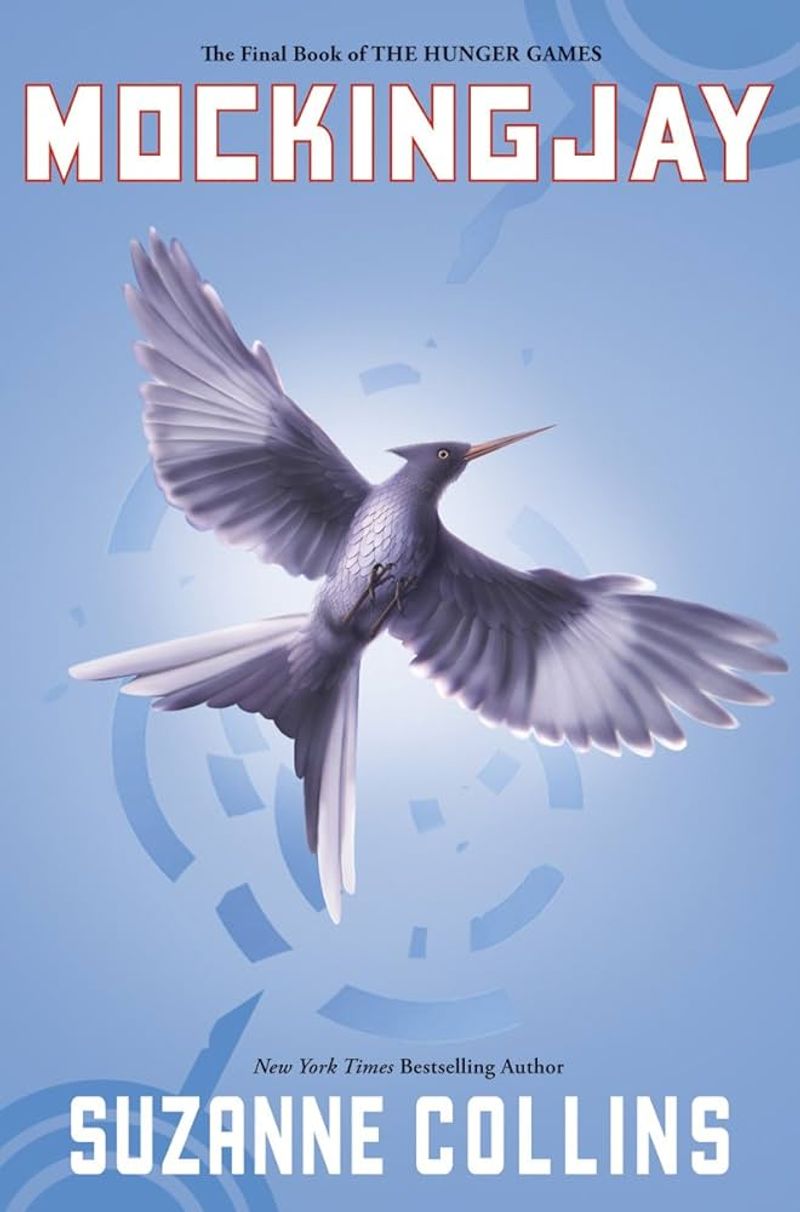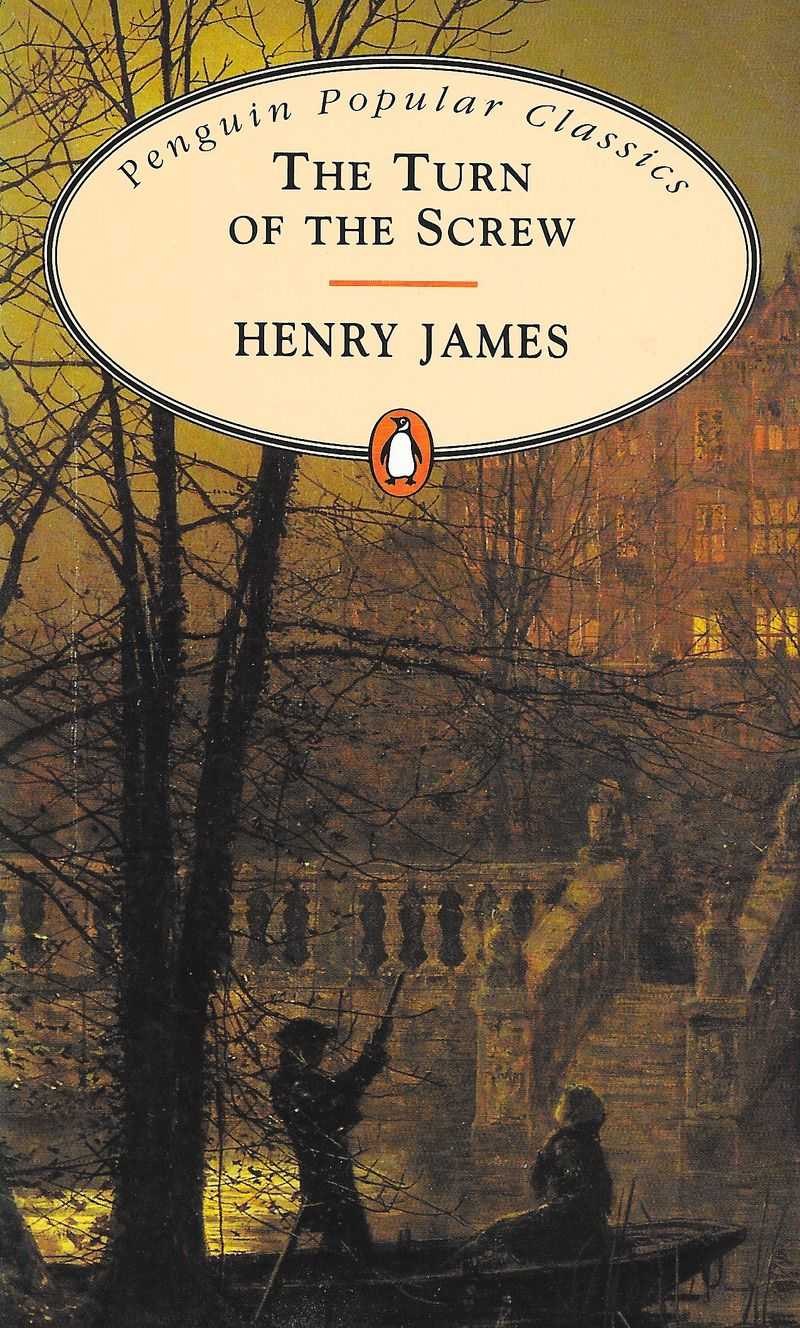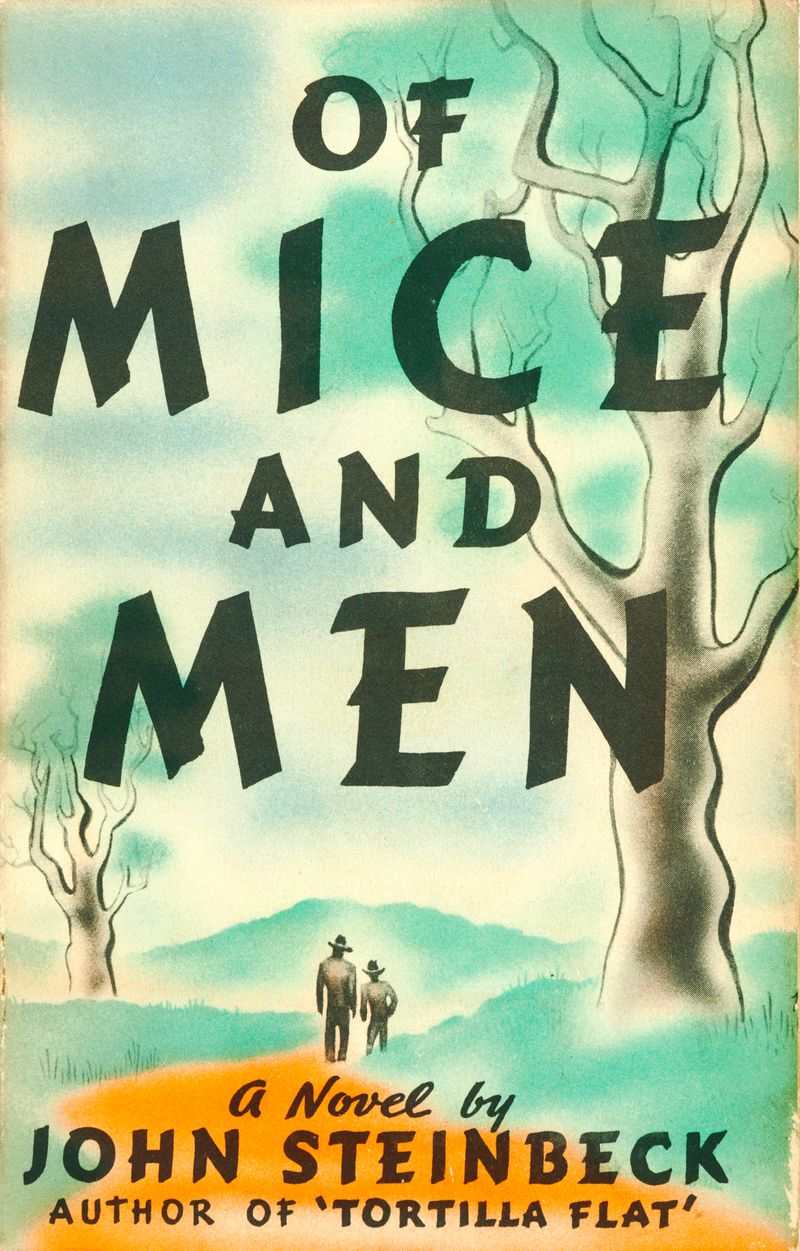Some books leave us feeling satisfied, while others leave us scratching our heads in confusion or even anger.
Book endings can make or break a reading experience, sometimes causing huge debates among fans.
These 21 novels sparked major arguments with their final pages, creating divisions between readers that continue to this day.
1. Gone Girl’s Twisted Marriage
Amy Dunne returns home to Nick after framing him for her murder, revealing her master plan. The shocking twist? She’s pregnant, trapping Nick in their toxic relationship forever. Readers split into two camps: those who found the ending brilliantly subversive of romantic expectations, and those who felt cheated out of justice. The lack of comeuppance for Amy’s manipulations left many frustrated. Flynn deliberately avoided a neat resolution, instead creating an ending as messy and complicated as real relationships. This psychological thriller continues to spark heated debates about whether Nick deserved his fate.
2. My Sister’s Keeper’s Heartbreaking Twist
Anna wins her medical emancipation lawsuit, finally gaining control over her body after years of forced donations to her cancer-stricken sister. Then comes the gut punch: Anna dies in a car accident, and her kidney goes to her sister anyway. The cruel irony left readers divided. Some praised Picoult’s brave refusal to provide a happy ending, arguing it reflected life’s unpredictability. Others felt betrayed by what seemed like a cheap shock tactic that undermined Anna’s hard-won victory. The movie adaptation changed this ending entirely, further fueling the debate about which version was more emotionally honest.
3. Allegiant’s Deadly Sacrifice
Veronica Roth made the bold choice to kill off her main character, Tris Prior, in the final book of her dystopian trilogy. After surviving countless dangers, Tris sacrifices herself to save others, dying from wounds sustained during a successful mission. Teenage fans were devastated. Many threw their books across rooms or posted tearful videos online. Some praised Roth’s courage in following through on the series’ themes of sacrifice, while others felt betrayed after investing in Tris’s journey. The controversy grew so intense that the film adaptation considered changing the ending to appease angry fans.
4. The Road’s Glimmer of Hope
After a bleak journey through a post-apocalyptic wasteland, McCarthy ends his novel with a tiny ray of hope. The boy’s father dies, but the son finds a new family who has “been carrying the fire” all along. This ending sparked debate among readers. Some found it realistically optimistic, suggesting humanity’s goodness might survive even the worst disasters. Others argued it felt tacked-on and contradicted the novel’s relentless darkness. McCarthy leaves enough ambiguity that we never know if the new family truly represents salvation or just a temporary reprieve in a dying world.
5. Requiem’s Unresolved Revolution
Lauren Oliver’s Delirium trilogy ends without telling readers whether the revolution succeeds or fails. The final scene shows protagonist Lena charging toward a wall with other rebels, leaving their fate entirely unknown. Fans were split between admiration for the artistic open ending and frustration at the lack of closure. Many felt cheated after investing in three books’ worth of character development and world-building. Online forums filled with fan theories and heated arguments about what “really” happened. Some readers even wrote their own alternate endings to provide the resolution they craved.
6. The Catcher in the Rye’s Unresolved Journey
Holden Caulfield’s story ends with him watching his sister on a carousel, feeling happy yet uncertain about his future. The novel concludes with Holden in therapy, suggesting some progress but no dramatic transformation. This subtle, ambiguous ending divided readers. Some appreciated its realism—mental health journeys rarely have neat conclusions. Others found it unsatisfying after following Holden’s intense emotional spiral. The lack of clear resolution continues to fuel debates about whether Holden ultimately found peace or remained trapped in his alienation. The carousel symbolism suggests both possibility and the cyclical nature of his struggles.
7. Life of Pi’s Reality Question
Martel’s novel ends with a shocking twist: Pi offers two versions of his survival story. One features animals on a lifeboat, while the other replaces them with humans who commit horrible acts. Readers must decide which version to believe. This philosophical ending split readers into three camps: those who believed the animal story because it was more beautiful, those who accepted the human story as the harsh truth, and those who embraced the ambiguity as the novel’s point. The final line—”And so it goes with God”—suggests the ending isn’t just about Pi’s story but about faith itself, making the controversy even deeper.
8. We Were Liars’ Memory Shock
The narrator, Cadence, finally remembers that she accidentally caused a fire that killed her cousins and boyfriend. She’s been imagining them throughout the novel, creating an elaborate fantasy to cope with her guilt. Readers either loved this twist for its emotional power and careful foreshadowing, or hated it as manipulative and implausible. Some felt the clues were too obvious, while others were completely blindsided. The controversy centered on whether Lockhart earned this devastating revelation or simply used it for shock value. Years later, readers still debate whether the ending was brilliant psychological fiction or a cheap trick.
9. Breaking Dawn’s Happy Ever After
The final Twilight book concludes with Bella getting everything she wanted: immortality, her perfect vampire husband, a miracle baby, and even a peaceful resolution with the Volturi. No major characters die, and all conflicts resolve neatly. This fairy-tale ending created a sharp divide. Many devoted fans were thrilled with the romantic conclusion they’d hoped for. Critics and other readers mocked it as unrealistic wish fulfillment that undermined the stakes established in earlier books. The controversy intensified when Meyer revealed she had originally planned a battle with casualties but changed course. This perfect ending remains one of the most debated aspects of the entire saga.
10. The Giver’s Ambiguous Sled Ride
Jonas and baby Gabriel escape their controlled society and sled down a hill toward music and colored lights. But are they finding salvation or freezing to death in a hallucination? Lowry deliberately left this ending open to interpretation. Young readers often read it optimistically—Jonas reaches a welcoming community. Adult readers frequently see the darker possibility—the lights represent death as the boys succumb to the cold. The sequels eventually confirmed Jonas’s survival, but many readers prefer the standalone novel’s beautiful ambiguity. This ending has sparked classroom debates for decades about hope versus reality.
11. Lord of the Flies’ Naval Rescue
Just as savagery completely overtakes the island, a naval officer appears on the beach to rescue the boys. This abrupt return to civilization forces both characters and readers to confront the contrast between societal norms and the boys’ descent into barbarism. Many readers found this ending jarring and artificial. The sudden adult presence felt like a plot convenience rather than an earned conclusion. Others argued that was precisely Golding’s point—to uncomfortably juxtapose civilization against the primal violence it barely contains. The officer’s obliviousness to the horrors that occurred adds another layer to the controversy, suggesting adults fail to recognize humanity’s darker nature.
12. Atonement’s Fictional Truth
McEwan reveals that the apparent happy ending where lovers Robbie and Cecilia survive WWII was actually fiction written by Briony. In reality, both died before reuniting, and Briony’s novel represents her attempt at atonement for separating them. This metafictional twist left readers reeling. Many felt betrayed after emotionally investing in a love story that turned out to be false. Others praised McEwan’s brilliant commentary on storytelling and the impossibility of truly atoning for past wrongs. The controversy centers on whether this ending is a profound meditation on guilt and fiction or a manipulative trick that punishes readers for caring about the characters.
13. Mockingjay’s Subdued Aftermath
After the revolution succeeds, Katniss doesn’t become a celebrated hero or leader. Instead, she retreats to a quiet life with Peeta, still struggling with trauma but finding small moments of peace. This realistic but somber ending split the fandom. Many young readers expected a more triumphant conclusion with Katniss embracing her heroic status. Others appreciated Collins’ honest portrayal of war’s lasting psychological damage. The epilogue showing Katniss and Peeta with children sparked additional controversy. Some saw it as a hopeful sign of healing, while others felt it contradicted Katniss’s earlier statements about never wanting children in such a cruel world.
14. The Lovely Bones’ Heavenly Perspective
Susie Salmon watches her family from heaven as they gradually heal from her murder. The novel ends with her finally letting go of earth as her family moves forward, though her killer never faces justice. This spiritual ending created a divide between readers who found it beautifully cathartic and those who wanted more earthly closure. Many were frustrated that Mr. Harvey escapes legal punishment, dying in an accident rather than being caught. The brief scene where Susie temporarily possesses her friend’s body to experience physical love sparked particular controversy. Some found it a powerful moment of reclaiming what was stolen from her, while others considered it ethically troubling.
15. The Secret History’s Cold Justice
After chronicling a murder and its aftermath, the novel ends with a whimper rather than a bang. The narrator, Richard, continues his empty life while Bunny’s killer Henry commits suicide. The remaining students drift apart, forever changed but never truly punished. This morally ambiguous ending frustrated readers seeking traditional justice. The characters largely escape legal consequences but remain trapped in psychological prisons of their own making. The controversy centers on whether Tartt’s ending is a brilliant subversion of mystery novel expectations or an unsatisfying conclusion that fails to provide closure. Richard’s detached final reflections leave readers questioning if anyone learned anything at all.
16. The Time Traveler’s Wife’s Final Meeting
Henry dies when Clare is still young, but the novel ends with 82-year-old Clare reuniting with a 43-year-old time-traveling version of Henry. They share a brief, beautiful moment before he disappears again forever. This bittersweet conclusion divided readers. Some found it a perfect, tear-jerking resolution that honored both the joy and pain of their unusual love story. Others felt it undermined Clare’s decades of grief and independent life. The controversy extends to whether this ending offers genuine hope or merely prolongs Clare’s inability to move on. Her willingness to wait 50 years for a few minutes with Henry strikes some as romantic devotion and others as unhealthy obsession.
17. Nineteen Eighty-Four’s Broken Spirit
Winston Smith doesn’t heroically resist Big Brother to the end. Instead, he’s thoroughly broken through torture, betraying his lover Julia and embracing the Party he once hated. The novel closes with Winston genuinely loving Big Brother. This devastating conclusion shocked readers expecting a more hopeful resolution. Some praised Orwell’s unflinching portrayal of totalitarianism’s power to crush the human spirit. Others found it unbearably bleak and politically defeatist. The controversy continues over whether Winston’s complete surrender represents Orwell’s warning about complacency or his pessimistic view that resistance is ultimately futile. This ending remains one of literature’s most disturbing conclusions.
18. The Grapes of Wrath’s Nursing Scene
Steinbeck ends his Depression-era epic with a startling image: Rose of Sharon, who just delivered a stillborn baby, breastfeeds a starving stranger. This symbolic act of human connection occurs amid devastating flood and famine. This ending shocked 1939 readers and continues to divide modern audiences. Some see it as a powerful statement about human compassion and solidarity during crisis. Others find it uncomfortably explicit or implausibly optimistic given the family’s dire circumstances. The scene was so controversial that early film adaptations completely changed the ending. English teachers still debate whether to include this final chapter when assigning the book to high school students.
19. The Turn of the Screw’s Ghostly Uncertainty
James ends his ghost story with the governess embracing Miles as she sees the ghost of Peter Quint. The boy suddenly dies in her arms, leaving readers uncertain whether supernatural forces killed him or the governess herself accidentally suffocated him during her hysteria. This ambiguous ending created two opposing camps of readers. Some believe the governess truly battled evil spirits to save the children’s souls. Others argue she was mentally unstable and imagined the ghosts, ultimately becoming the threat she feared. James deliberately crafted this uncertainty, making the novella a cornerstone of literary debates. Even today, new adaptations must choose which interpretation to favor.
20. The Bell Jar’s Uncertain Recovery
Plath’s semi-autobiographical novel ends with Esther Greenwood entering an interview that will determine if she can leave the psychiatric hospital. The bell jar of depression has lifted “for now,” but the ending suggests it could descend again. This cautiously hopeful conclusion created disagreement among readers. Some found it empowering—showing Esther regaining agency despite her mental illness. Others read it as ominous, especially knowing Plath’s own suicide shortly after publication. The controversy centers on whether the ending represents genuine recovery or merely a temporary reprieve. The final image of Esther walking into the interview “patched, retreaded and approved for the road” remains hauntingly ambiguous.
21. Of Mice and Men’s Mercy Killing
George shoots his friend Lennie in the back of the head to spare him from a cruel lynch mob. This act of mercy comes right after Lennie happily listens to George retell their shared dream of owning a farm. This heartbreaking ending polarized readers. Many saw it as the only compassionate choice in an impossible situation—George’s final act of friendship. Others questioned whether George had alternatives and if the killing, however merciful, betrayed their friendship. The controversy extends to classroom teaching, with the novel frequently banned for its violent conclusion. Steinbeck’s unflinching portrayal of this moral dilemma continues to provoke intense discussions about compassion, justice, and friendship.
